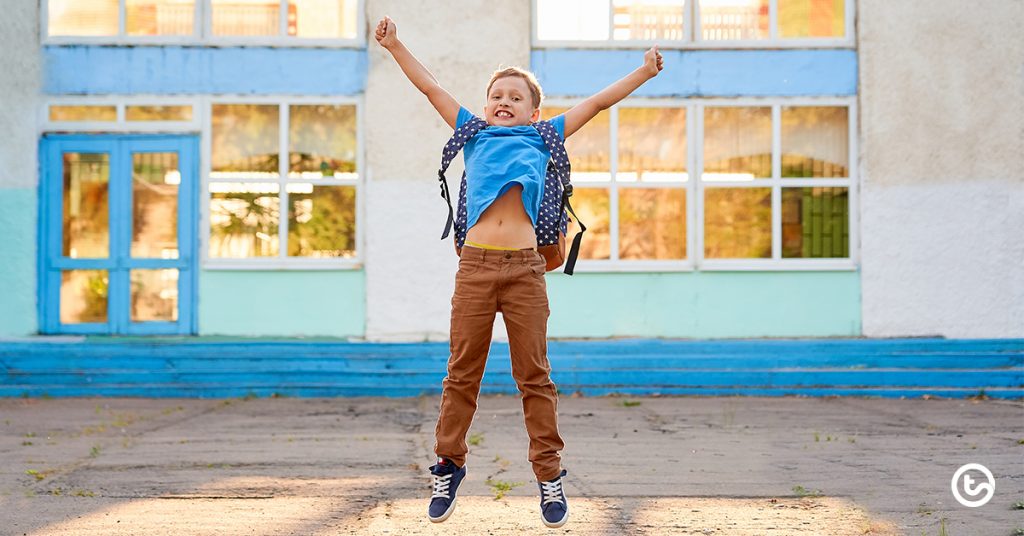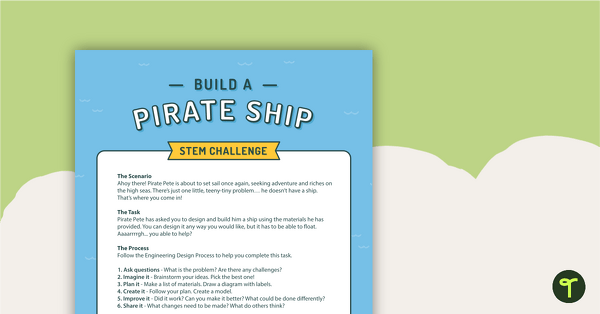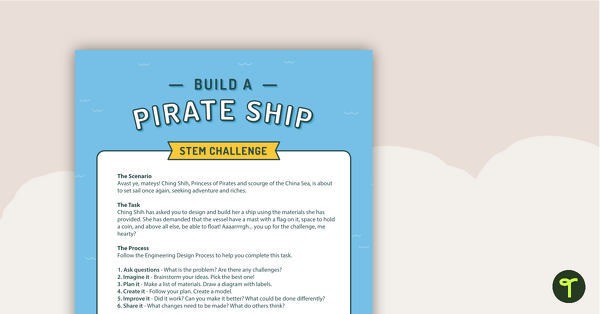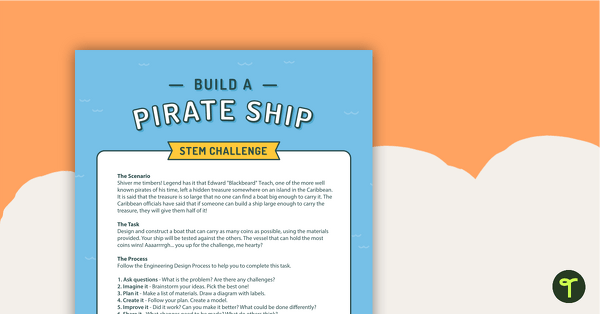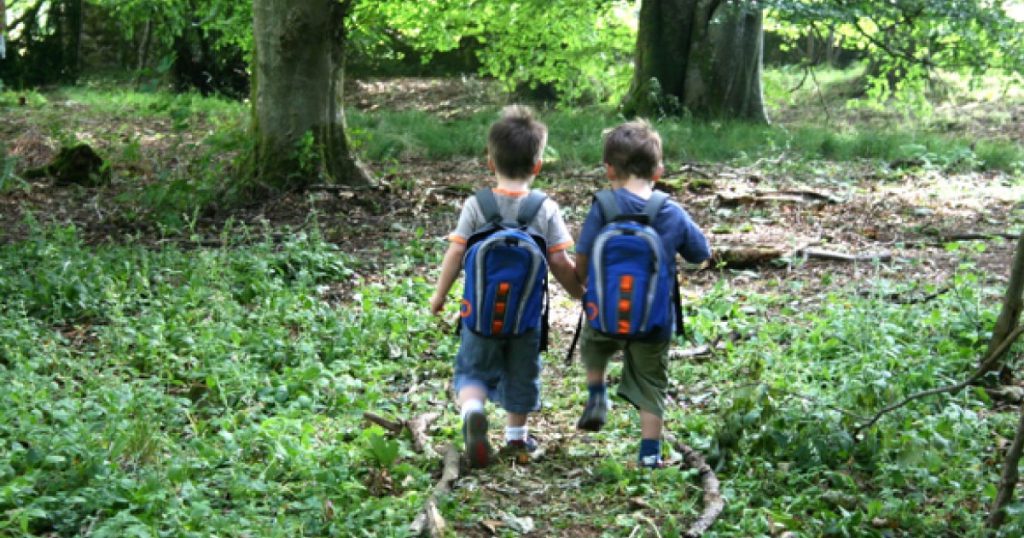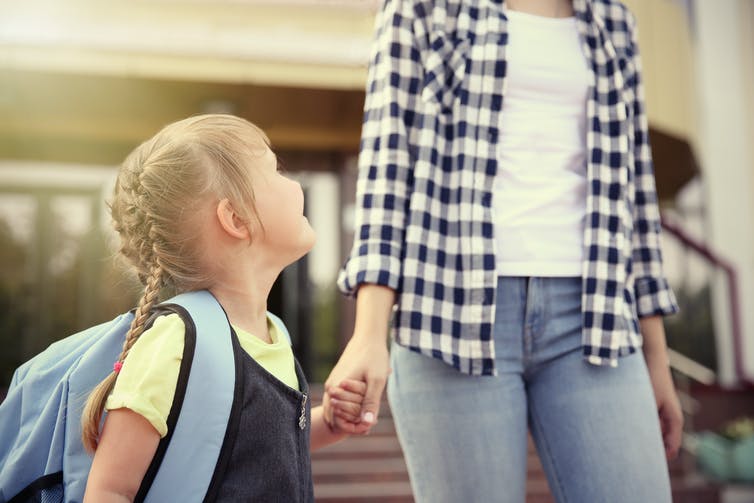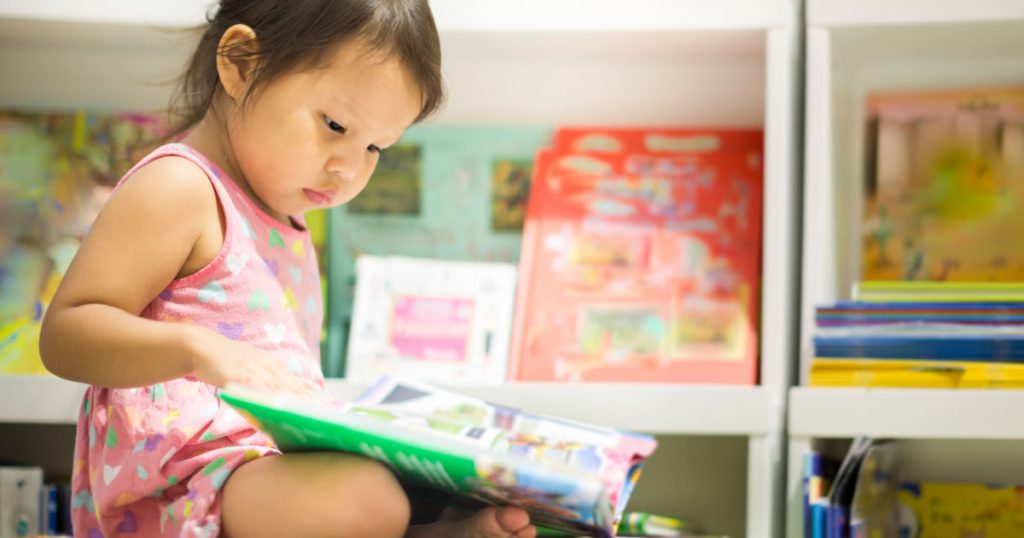So it’s the end of the school year (or close enough), and you’ve got a bunch of disengaged students on your hands? Give yourself a break. This happens to the best of us!
End-of-semester disengagement can seem a little bit like Christmas, in that it comes earlier each year! I remember it well. I get it. There’s still so much serious stuff to do before you can succumb to relaxing into the “school’s out” vibe.
But never fear! In this blog, I’m going to share some top tips on maintaining student engagement at the end of the term or the end of the school year!
Ideas to Increase Student Engagement
Class Scrapbooks

As the end of the semester approaches, keep your eyes peeled for the perfect moment to introduce a scrapbook project.
As soon as you notice your students transitioning into wind-down mode, motivate them with an independent project. You’ll probably find that students take more risks and demonstrate a new level of enthusiasm.
Scrapbook projects are brilliant because they encourage:
- independent learning
- development of individual learning styles and strengths
- development of research skills
- development of personal interests
- development of student confidence
- increased student motivation and engagement.
I would suggest brainstorming project ideas with your class and giving your students some degree of direction. Ideas for a project book could include personal interests, an environmental issue, or a community-based project.
Genius Hour
Genius Hour is a show-stopping way to maintain student engagement at the end of the term. Genius Hour allows students to work on a passion project, idea, or new skill during class time.
These projects can be completed during a designated amount of learning time on a regular basis (such as one hour per week), or as a fast finisher activity. Why not encourage your students to continue to work on their passion project over the holidays?
We have created a streamlined, six-step process for teachers and students to follow in the classroom.
Our Genius Hour Teaching Resource Pack provides teacher notes that explain the process, as well as all of the resources you’ll need to support students as they work through this systematic inquiry-based learning process.
How does Genius Hour work?
- During Genius Hour, students identify a topic or problem they are passionate about and form a deep, open-ended inquiry question to research, answer or solve.
- Students take a systematic approach to the formulation of their questions and research.
- Toward the end of their Genius Hour project, students present or create a final product that communicates their findings and/or solution. Genius Hour presentations can take a variety of written, spoken or visual forms, such as a multi-modal presentation, a book, a script, a movie, or a speech; through cooking, building, or performing community service (amongst other ideas).
- To conclude a Genius Hour project, students reflect on their experience of the Genius Hour process. They may even form new questions that could be answered in subsequent Genius Hour projects.
Science, Technology, Engineering, and Mathematics (STEM)
Performing fun science experiments with your students is always a hit — and there’s something for every age and stage. For the youngest learners, I love candy experiments like the Skittles rainbow challenge that can be performed by a teacher while all the kiddos gather around.
Are your students older and up for some serious hands-on work? They can try their hands at building their own theme park or build a pirate ship!
For more STEM ideas check out our STEM Teaching Resource Collection and read Holly’s informative blog STEM Education in the Classroom.
End Of Year Reflection
Reflection is a powerful thing. Kids love looking back on what they have done and it’s a great way to encourage student engagement.
Encourage your students to reflect on their learning experiences at the end of the year as a great way to acknowledge achievements. They can write it out in a notebook or use this fun end-of-year reflection template. In my experience, looking back and feeling proud helps to increase student engagement looking forward.
Motivation Teaching Resources
We all know that intrinsic motivation is best, but there’s always room for certificates, awards and badges to celebrate excellence.
Improve the level of student engagement in your classroom by choosing from our extensive collection of Certificates and Awards Teaching Resources.
Why not create a magical behavior management strategy in your classroom with a daily Mystery Student or Secret? Check out our Mystery Student Behavior Management Resource Pack for everything you need to improve your students’ behavior and engagement in your classroom.
How do these resources work?
- Each morning, a student’s name is randomly picked and placed under the crystal ball.
- Only the teacher will know whose name is under the crystal ball.
- During the day, the Mystery Student will be able to gain magical points (tracked on the magical points tracker) by doing the right thing and displaying positive behavior choices.
- Each time the teacher sees the Mystery Student doing the right thing, they will color a star on the magical points tracker. But, the students still don’t know who it is
- At the end of the day, if the Mystery Student has all of their magical stars colored, they will be recognized as the Magical Mystery Student.
- The Mystery Student will also be awarded a star for their Magical Book of Tricks sticker book and a certificate.
Tell Jokes
Laughter is the best medicine! There are many reasons why you should incorporate a little bit of laughter into your and your student’s day. Using jokes for kids in the classroom makes a great icebreaker game or brain break.
We’ve created a set of printable Joke Cards for Kids and a fun Jokes for Kids PowerPoint that you can use to improve student engagement.
Active Games and Brain Breaks
If you are being challenged in the area of student engagement, take it as a flashlight signal that your students need regular brain breaks.
It could be the time for The Bean Game! This fun game encourages the development of listening skills, cognitive processing skills, physical activity, and social skills.
If The Bean Game is not for you then choose from our extensive collection of Active Games Teaching Resources or Brain Break Teaching Resources.
Outside Learning
There’s perhaps no better time than the end of the the year to take your classroom outside and to get some fresh air! The benefits of an outdoor classroom have been documented time and again. Some of the benefits include:
- better academic performance
- improved student engagement
- increased enthusiasm
- improved behavior.
We have even created an Outdoor Lesson Box Resource Pack! The Outdoor Lesson Box Resource Pack contains:
- Outdoor Lesson Box Sign
- Outdoor Lesson Checklist
- Outdoor Lesson Box Inventory List
- Outdoor Lesson Box Monitor Badges.
For more information on outdoor learning and on how to create an Outdoor Lesson Box read Emma’s blog Opening the Door To an Outdoor Classroom | Creating an Outdoor Lesson Box
Good luck in keeping student engagement going as they countdown to the end of the school year!
Banner image via shutterstock/Alexander_Safonov
The post Student Engagement | End of Year Tips and Ideas to Keep Kids Interested appeared first on Teach Starter.
